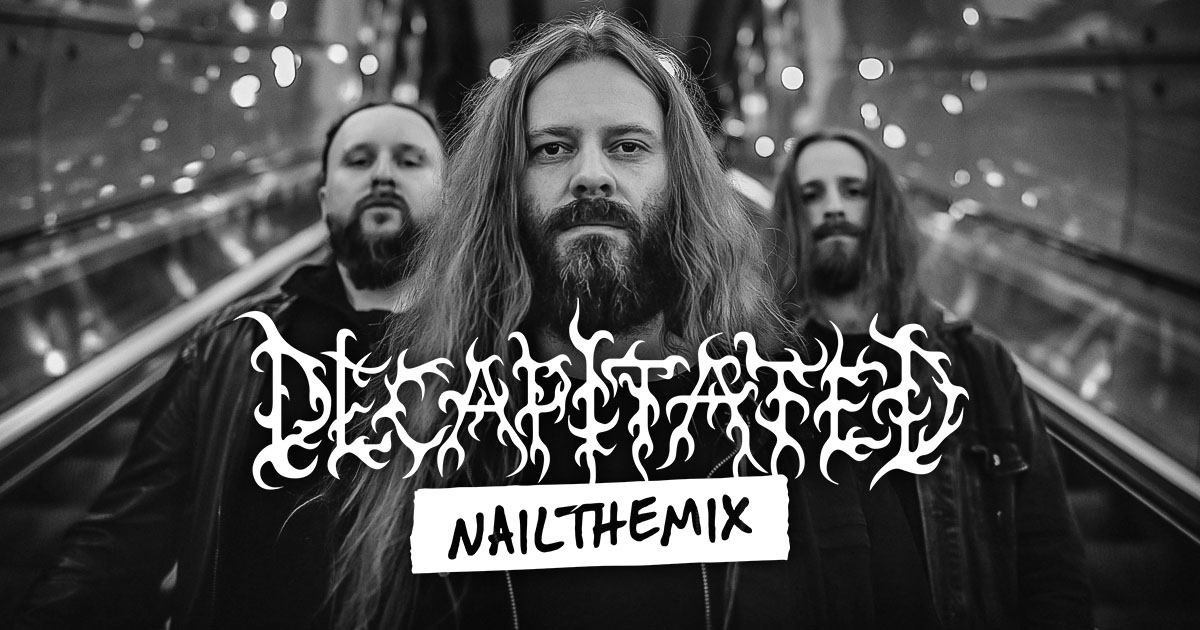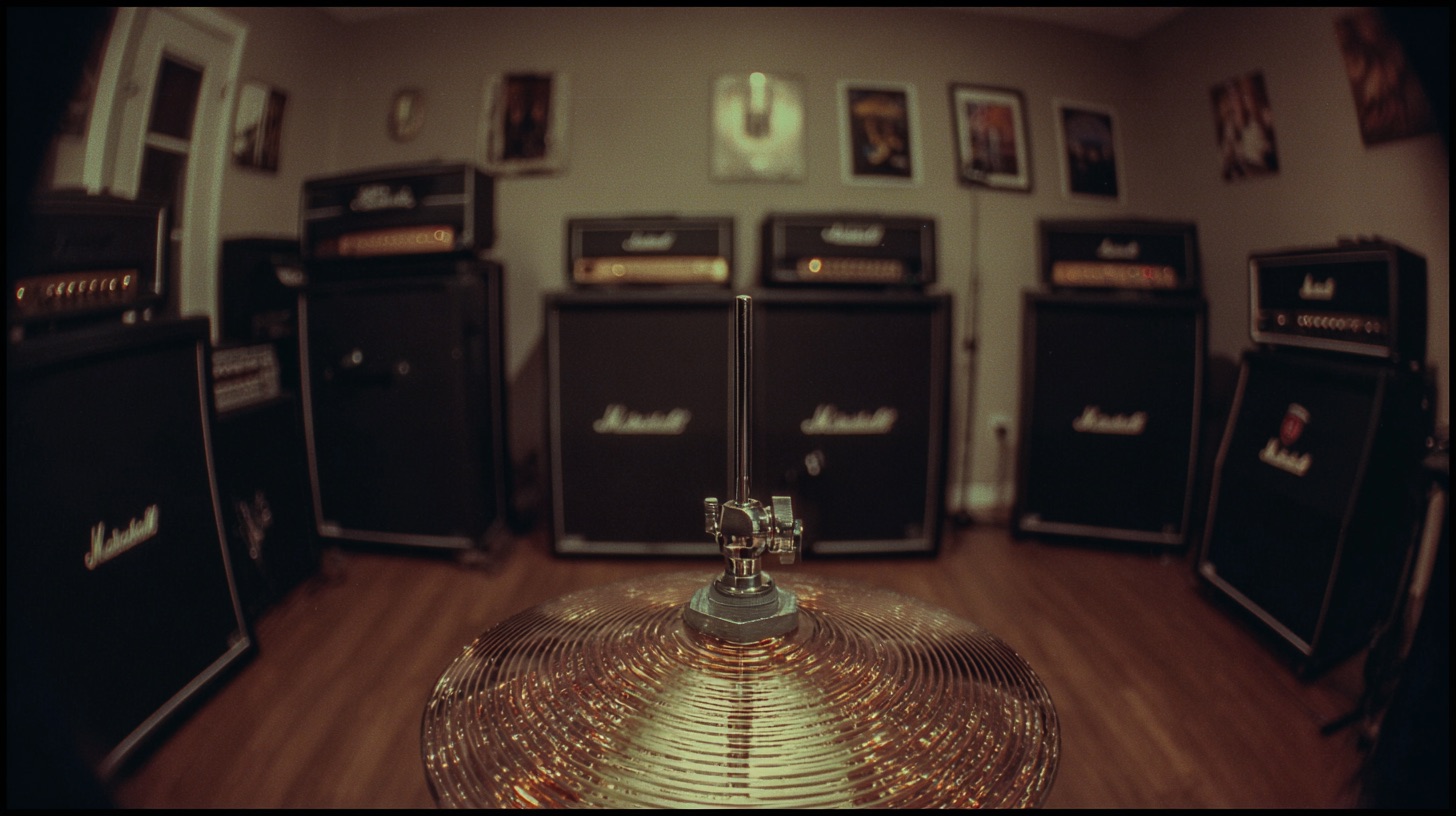
Mixing Real Friends: Doug Weir’s Ableton Workflow & Mix Bus Chain
Nail The Mix Staff
Let’s get one thing straight: you don’t need Pro Tools to craft a chart-topping mix. Just ask Doug Weir, the man with over 25 number-one hits to his name, who mixed the Real Friends track we’re digging into today entirely in Ableton Live.
Yeah, you heard that right. While the industry seems to run on Pro Tools, Doug has stuck with Ableton, and for good reason. He sat down with us to break down his unique workflow, from his unconventional monitoring setup to the exact mix bus chain he uses to get his tracks hitting just right from the very beginning. Forget what you think you know—we’re diving into the truth about Ableton with a certified beast.
Why Ableton? And Why It Actually Rips.
First, let’s address the elephant in the room. Why Ableton? For Doug, it comes down to one simple, game-changing feature: the freedom to stack plugins endlessly. Pro Tools users know the pain of the 10-plugin-slot limit, which forces you to be super efficient. Doug’s workflow is the opposite. He embraces the chaos, stacking plugins to infinity and beyond until a sound just feels right.
Ableton’s superior delay compensation handles this creative stacking without a hitch, allowing for a more fluid and intuitive process. It’s a powerful reminder that the best DAW is the one that gets out of your way and lets you create.
A Tale of Two Monitors: Crafting a Mix That Translates
A great mix sounds good everywhere, and Doug’s monitoring setup is built specifically to achieve that. It’s an incredibly clever and surprisingly affordable combination that gives him two different, essential perspectives on his mix.
The “Magnifying Glass”: Yamaha HS5s
To start his mix, Doug doesn’t reach for a massive, expensive set of monitors. He starts on a pair of Yamaha HS50Ms (the modern equivalent being the HS5). These little five-inch speakers are his secret weapon. Because of the way they’re voiced, they act like a magnifying glass for the midrange, forcing him to focus only on the elements that truly matter.
They challenge him to get the bass and low-end punchy enough to be felt even on small consumer systems. It’s like the classic NS10 effect: if you can make your mix slam on these, it’ll sound killer everywhere else.
The “Big Picture”: Neumann KH 310s & Room Correction
Once the mix is about 40% of the way there, he switches over to his Neumann KH 310s paired with a sub. These monitors provide the “big picture”—incredible stereo imaging, depth, and a clear view of the reverb space.
Crucially, his Neumann setup uses DSP room correction. Having spent his career in less-than-perfect rooms, Doug credits room correction software with making his career possible. It flattens the frequency response of his room, allowing him to make accurate decisions. The two sets of monitors work in perfect harmony: the Yamahas nail the mids, while the Neumanns provide the full-range, surgically accurate truth.
Building the Mix Bus from the Ground Up
The first hour of a mix is where the big, foundational decisions are made. For Doug, that starts with a meticulously built mix bus chain that provides character, glue, and a critical system of checks and balances.
The Foundation: Gain Staging in Ableton
Before a single plugin gets touched, Doug sets his gain staging. Here’s his unique approach:
- He runs his loudest transients—the kick and snare—right up near 0 dBFS on their individual tracks. Since Ableton doesn’t have waveform zoom, this makes the waveforms big and easy to see.
- Then, on the master fader, he pulls the level down by 10 dB. Thanks to 32-bit float processing, clipping internally on the tracks doesn’t matter as long as the master bus isn’t clipping.
This creates the perfect amount of headroom to start feeding his mix bus processing.
The First Steps: Saturate and Squeeze
With the levels set, Doug engages his starting mix bus plugins. These are on from the very beginning.
FabFilter Saturn 2: The Stock Preset Hero
The first insert is a FabFilter Saturn 2 on its default “Warm Tape” setting. But the secret is in the gain staging. To keep from driving the saturation too hard, he pulls the input gain on Saturn down by 19 dB, then boosts the output up by 18 dB.
This stock preset isn’t just about harmonics; it’s a fantastic tone-shaper. It adds a subtle “smiley face” EQ curve, bringing up the low end below 200 Hz, adding a little presence at 1.5k, and lifting the top end with a gentle shelf. It’s a simple move that consistently makes the mix sound better.
Dual Mono SSL Comp for Width
Next up is compression, but with a twist. To get more width than a standard stereo compressor would provide, Doug uses two mono instances of an SSL-style bus compressor, effectively creating a dual-mono setup.
He’s not slamming it; he’s just looking for a tiny bit of smack on the transients to gently glue the mix together. It’s a subtle but effective way to add space and cohesion without sacrificing the center image. This is a perfect example of how the pros use metal compression for more than just loudness.
The “Secret Weapons”: Freebies and Placeholders
The final pieces of the starting chain are all about adding that final polish and keeping the mix honest.
Slate Digital Revival: The “Bad” Plugin That’s Essential
Next is Slate Digital’s Revival. It might be a free plugin, but for Doug, it’s indispensable. The “Thickness” knob helps the kick and bass translate with a fat, full sound on smaller speakers, and the “Shimmer” adds a polished, “done” feeling to the top end. Every time he turns it off, the mix just feels… worse. It’s proof that it’s not about the price tag; it’s about the results.
The L2 Limiter Trick: If You Can Dodge a Wrench…
The very last thing in his starting chain—the one that gets replaced later—is an old Waves L2 Ultramaximizer. His philosophy is simple and channels a certain dodgeball movie: if you can make your mix sound good hitting a terrible, outdated limiter, imagine how incredible it will sound when you replace it with a modern, high-quality one.
This trick keeps his gain staging honest. If a snare is too pokey or a bass note is too loud, the L2 will fold immediately, telling him that sound needs to be optimized with harmonics or distortion, not just raw level. Before the L2, he uses a utility to add 10 dB of makeup gain, bringing the level back up from his initial cut.
See the Full Mix Come to Life
These techniques—from the Ableton workflow to the L2 trick—are just the starting point of the Real Friends mix. They create the foundation upon which every other decision is built. This is the kind of high-level insight you can’t get from a standard tutorial.
If you want to see exactly how Doug Weir takes this initial setup and builds the entire pounding, polished mix for Real Friends from the ground up, you need to check out his full session on Nail the Mix. You get the raw multitracks to practice on your own system and get to watch a master at work, explaining every plugin, every fader move, and every decision he makes. Stop guessing and start learning from the pro who mixed the record. You can dive into the Real Friends session with Doug Weir right now and apply these same techniques to your own mixes. And if you’re looking to fast-track your skills, our Unlock Your Sound course is the perfect next step to go beyond presets and truly master your craft.
“`
Get a new set of multi-tracks every month from a world-class artist, a livestream with the producer who mixed it, 100+ tutorials, our exclusive plugins and more
Get Started for $1






